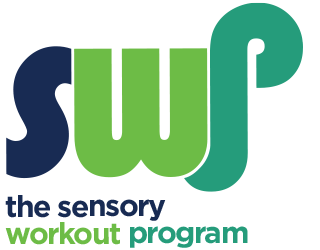HOW DOES IT WORK
Today, it is understood that the brain possesses the remarkable capacity to reorganize pathways, create new connections, and in some cases, even create new neurons. The brain has the ability to change and new learning occurs when it receives focused and specific repetitive input. Cortical remapping is a term that refers to the brain’s ability to change and adapt as a result of experience.
Neural pathways and subsequent behaviors/skills strengthen as a result of repetitive use of each pathway are known as neuroplasticity. Learning occurs and pathways not used are pruned, weakened, and eventually disappear or are disrupted. Maladaptive and nonfunctional behaviors replace once functional (or never acquired) skills.
The sensorimotor, sensory, and functional activities are specifically created to activate the neural pathways underlying the brain’s capacity to execute the intended skills. The sensorimotor gross and fine motor skills are paired and calibrated to assist with the learning of skills specific to the brain’s left/right and global mapping.
It is recommended the SWP´s exercises be performed 2x per day. There are suggested sensory programs used prior to each session to assist with the activation of the brain pathways. Following the recommended sequence /level program of the session, there are follow-up exercises with the fine motor, self-care or gross motor program to continue the activation and neuroplastic training for skill acquisition.

